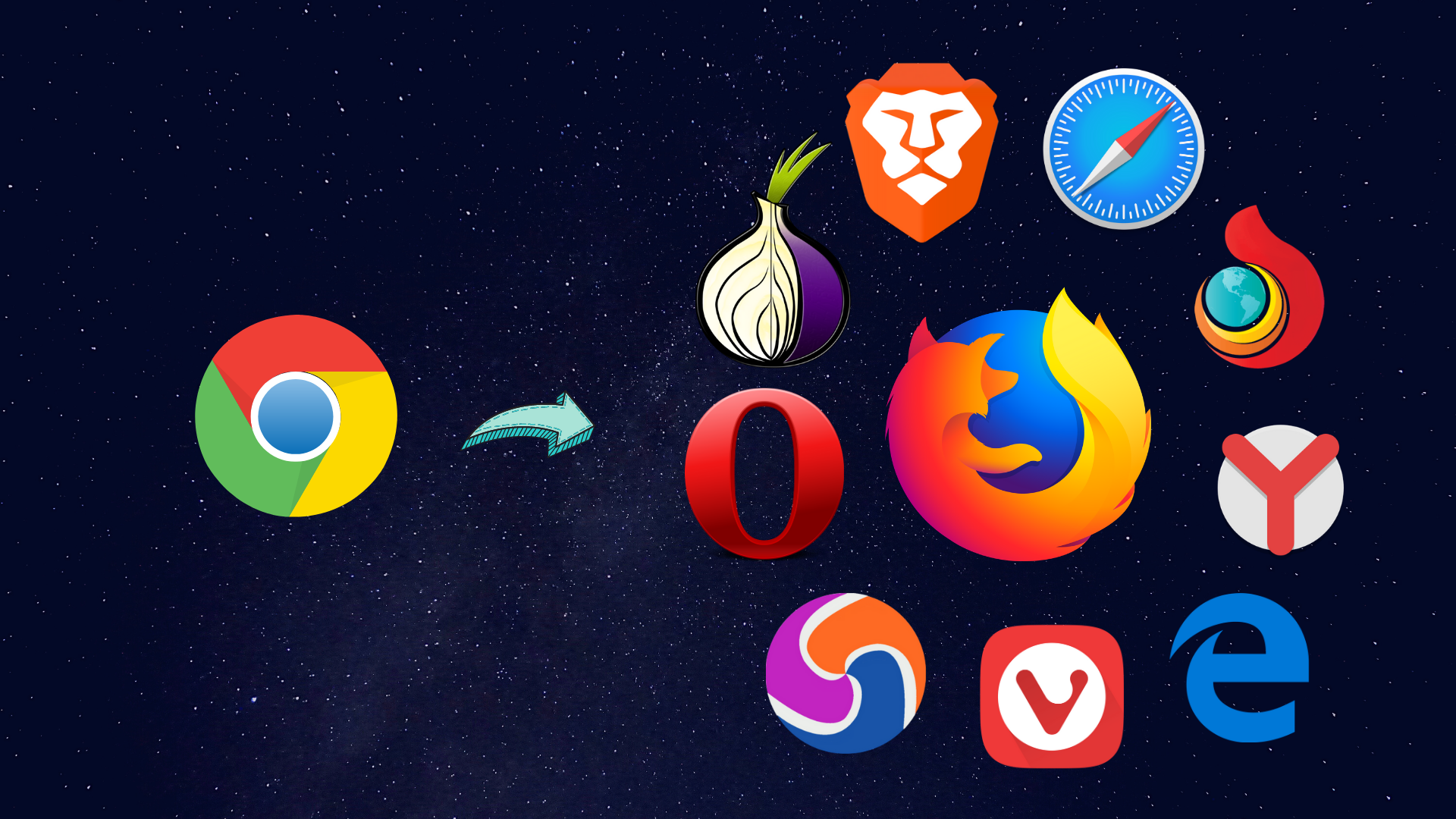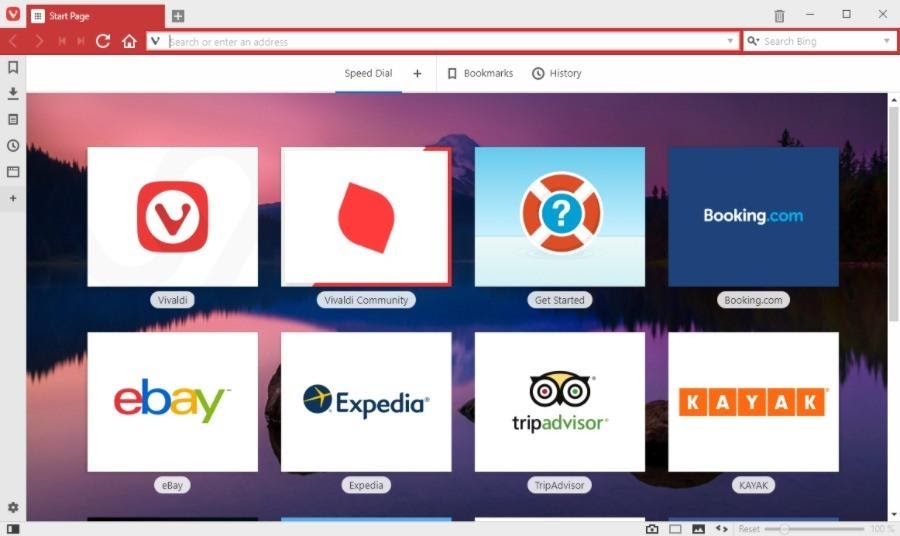

BEST BROWSER FOR WINDOWS 10 NETBOOK FULL
Resolution: Very few netbook screens have full HD resolution (1920 x 1080 pixels). Remember, the larger the screen size, the larger the netbook’s physical dimensions will be. Measurements are taken diagonally from one corner to the opposite corner. Screen size: Typically, a netbook offers a screen measuring between 10 inches and 11.5 inches. In addition, many netbooks feature impressive resolutions. However, many newer netbooks offer larger screens - while still maintaining a small profile. Originally, netbooks had small screens, measuring 7 or 8 inches diagonally. Quad-core CPUs give you better multitasking performance versus dual-core CPUs - a great feature to have for gaming or other intensive tasks. A larger number delivers more power.ĭual-core or quad-core processors are common in more expensive netbooks. Average CPUs for a netbook will have around 1.3 GHz of clock speed, but you may find some CPUs with 2 GHz or more. However, just like a full-size laptop or desktop computer, the speed of the CPU in the netbook is measured in GHz of clock speed.

This is one of the primary reasons why a netbook is far less pricey than a full-size laptop. Think of it as the brain of the computer - all tasks the computer performs go through the CPU at some point.Ī CPU included inside a netbook is quite a bit less powerful than one included in a traditional laptop. The CPU, or central processing unit, is the most important chip inside any computer. These are the same considerations as a traditional laptop, but they are especially important in a netbook as they noticeably lag behind traditional laptops in performance. With a netbook, there are a few specs to consider to get the most out of your device. These are small machines designed for on-the-go lifestyles, and they come with as many variations and specs as traditional laptops. There’s no hard-and-fast definition, but you can expect netbooks to be compact and lightweight. This term, first introduced in 2007, generally describes small, inexpensive laptops with lower processing power than most laptops. The majority of netbooks are not made with high-quality components, so you should handle them carefully. We put together a list of the strengths and drawbacks of netbooks to help you determine whether one of these slim computers would fit in your arsenal of consumer tech. Netbooks have solidified their place in the computing market as convenient budget computers. As with a traditional laptop, you should weigh specs like screen size, processing power, operating system, and other features when comparing your options. Netbooks may not have all the features you’d expect to find in a full-size laptop, so they won’t work for every profession. You can think of netbooks as mini laptops, both in size and in performance level. Netbooks initially appeared on the market in the late 2000s, delivering a lower-priced alternative to traditional laptops. With a smaller size and lower weight than a traditional laptop, they give you a larger screen than a smartphone or tablet, along with a built-in keyboard and a trackpad.

The netbook is an interesting option in the mobile computing market.


 0 kommentar(er)
0 kommentar(er)
